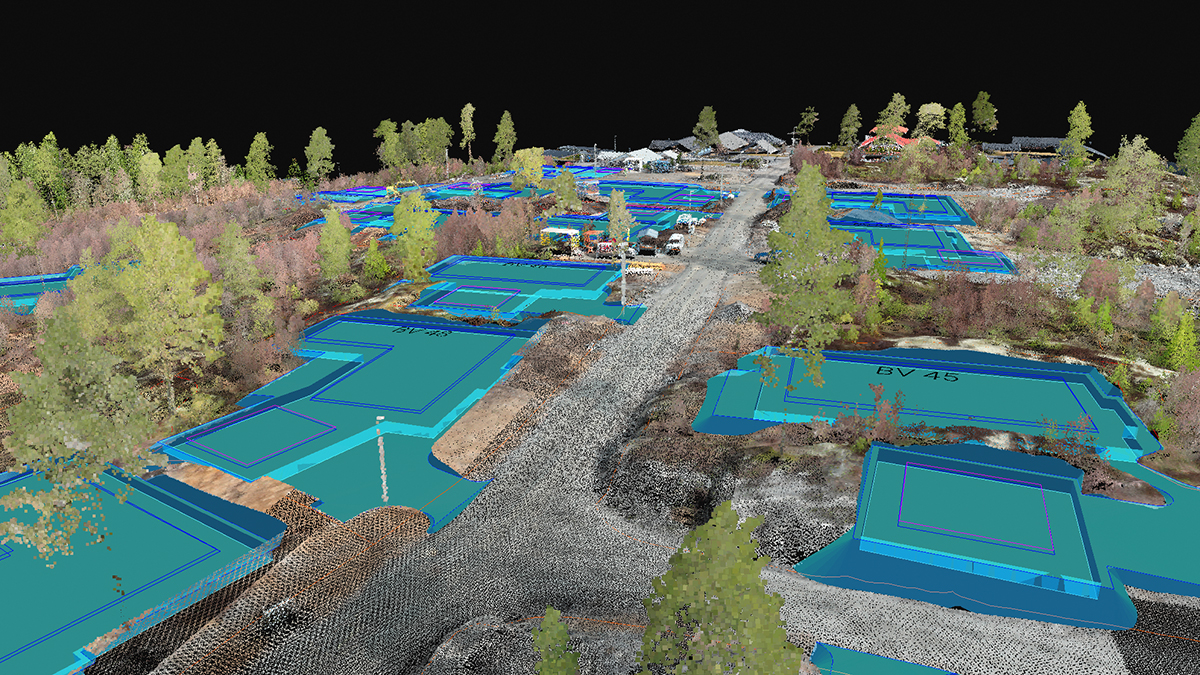Interview: the first Pix4D certified user in Sweden
Still wondering about the benefits of becoming Pix4D certified?
By following this series you will learn some tips to successfully complete the certification program, to improve your Pix4D projects, as well as benchmark how other users are leveraging their Pix4D certification.
Measuring volumes for stockpiles, create 3D models and areas for visualisation purposes are only a small part of Alexander’s Paulusson daily job with Pix4D. Alexander is the CEO of AMKVO AB and the First Pix4D Certified User in Sweden part of our series of interviews “Around the world”.
How long have you been using the software, and UAV technology for remote sensing in general?
I started using the software in 2014, after having bought my first drone a year earlier. I’ve been working with UAVs for five years now.
In your opinion, what are the key improvements that were added to the software since you first started using it?
I find some of the major improvements have been the handling of ground control points, as we do a lot of surveying it has become easier and faster.
The recent update with classifying point clouds is also a great improvement and will save us a lot of time for certain projects. The built-in feature of extracting images from video has also saved us a lot of time as we did it manually previously. Some of the exports have also improved, being able to export higher resolution 3D models etc. There’s lots more, and it keeps getting better by every update.What projects are you integrating the technology into?
We do a lot of surveying, measuring volumes for stockpiles, creating 3D models and areas for visualisation purposes, game design, orthophotos for planning / an updated view, and some of the more interesting projects we’ve done are mapping underground mines, flying in dark very tight spaces and being able to generate point clouds and 3D models of inaccessible areas not accessible.
How would you describe the certification to other users?
The certification is a short but well planned out task. First, you answer a series of questions about the software and what it can do. Then comes to the practical part, my personal favorite, which could be seen as a real job from a client. You are asked to process an area with provided images and export certain results and measurements. This really tests your skills to see if you know your ways around the software and if you are able to deliver the correct data, which is the most important part. Overall I thought it was great, I skimmed through the learning lab which I think will be of great help for users not familiar with the software who are doing the certification.
How did the online labs help you get prepared for the certification exam? How has it helped you better implement Pix4D in your projects
The Pix4D labs you can do online before the exam is a great way to prepare for the exam. They go through all parts of the software and have quizzes after each section to test your knowledge after each set. For me being a frequent user of Pix4D, I knew most of the information provided in the labs, but for new users this is perfect and I definitely recommend doing it.
How do you plan to leverage your Pix4D certification
Having a certification is always positive. Previously, clients have had to rely on our word that we can provide them with what they need. I taught myself the software and have learned by doing since I started, so this is very positive for our employees and future users. For us as a drone services company, I think it will be a great help when working with larger companies. To be able to provide them an assurance that we know what we are doing and will be able to provide them with correct data and results. That is really important to them and having a certification to prove that helps.



